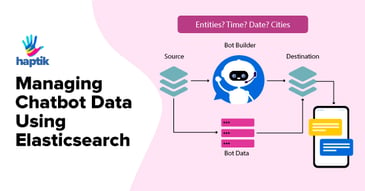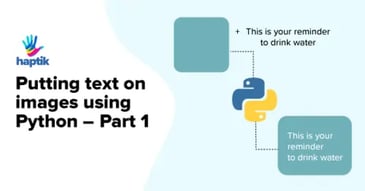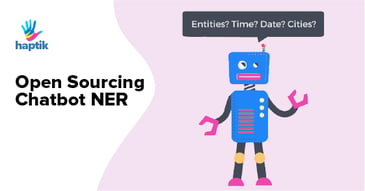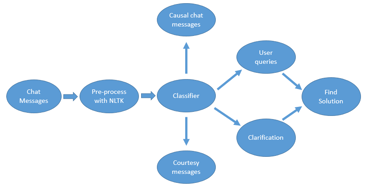Unlocking Multi-Cloud AI: Securely Connect Azure AKS with Google Vertex AI (No Keys Required)
In 2025, organizations are moving beyond single-cloud strategies. Running containerized apps on Azure Kubernetes Service(AKS) while tapping into Google’s Vertex AIfor cutting-edge LLMs and generative AI is becoming the new norm.
Scaling HAProxy on AKS for Billions of Transactions with Dynamic Autoscaling and Token Management
At our scale, we needed to handle billions of transactions efficiently - routing across multiple environments and internal data centers - while maintaining reliability, security, and dynamic control. To achieve this, we chose HAProxy, a proven,...
Migrating Terabytes of MongoDB Across Clouds with Minimal Disruption
Migrating terabytes of live MongoDB data across cloud providers is notoriously difficult. Standard approaches like extending replica sets across clouds fail at scale where initial syncs take weeks, oplogs roll over, and you're stuck in an endless...
Latest Posts
Prev
Explore Tags
- Tech Blog (73)
- MACHINE LEARNING (15)
- AI Chatbot (10)
- Haptik Workculture (3)
- BOTATHON (2)
- Conversational AI (2)
- Product Management (2)
- privacy and security (2)
- BUILDING CHATBOTS (1)
- CHATBOT ANALYTICS (1)
- CHATBOT ARCHITECTURE (1)
- CHATBOT CONVERSATION (1)
- CHATBOT DASHBOARD (1)
- CHATFLOW (1)
- Chatbot Development (1)
- Customer Support Chatbot (1)
- Data Security (1)
- User Interface (1)
- WhatsApp Chatbot (1)
- design (1)

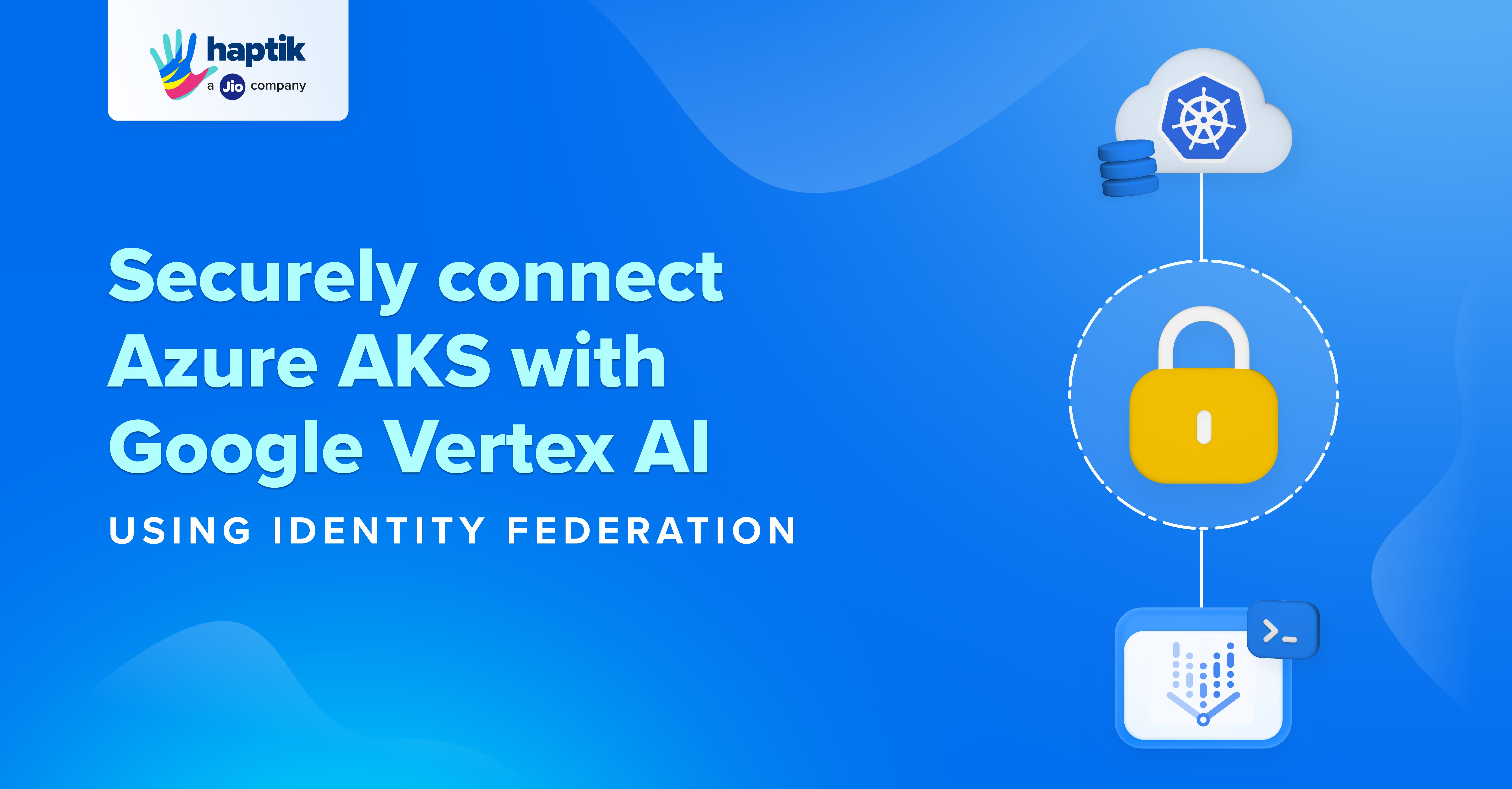
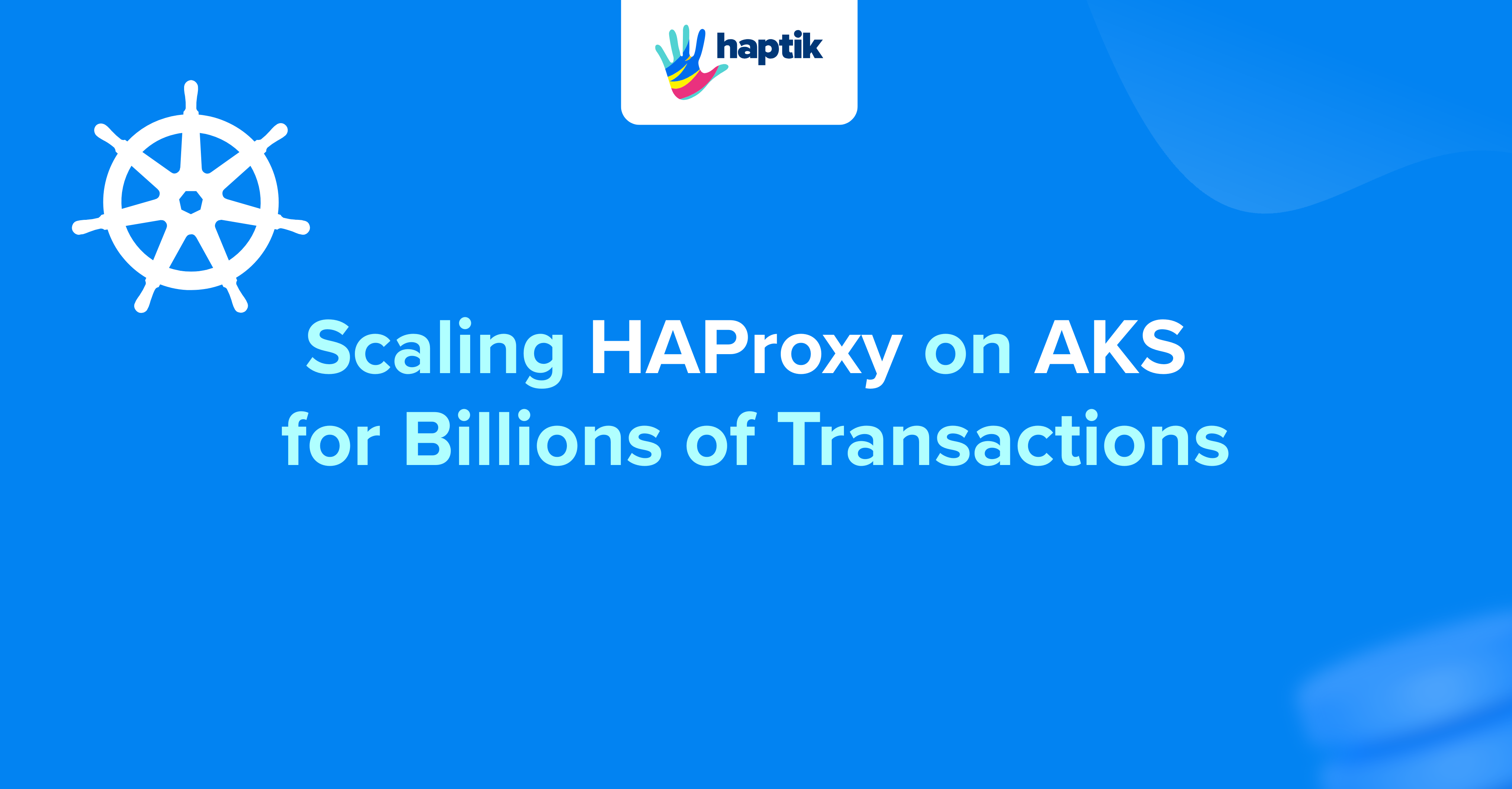
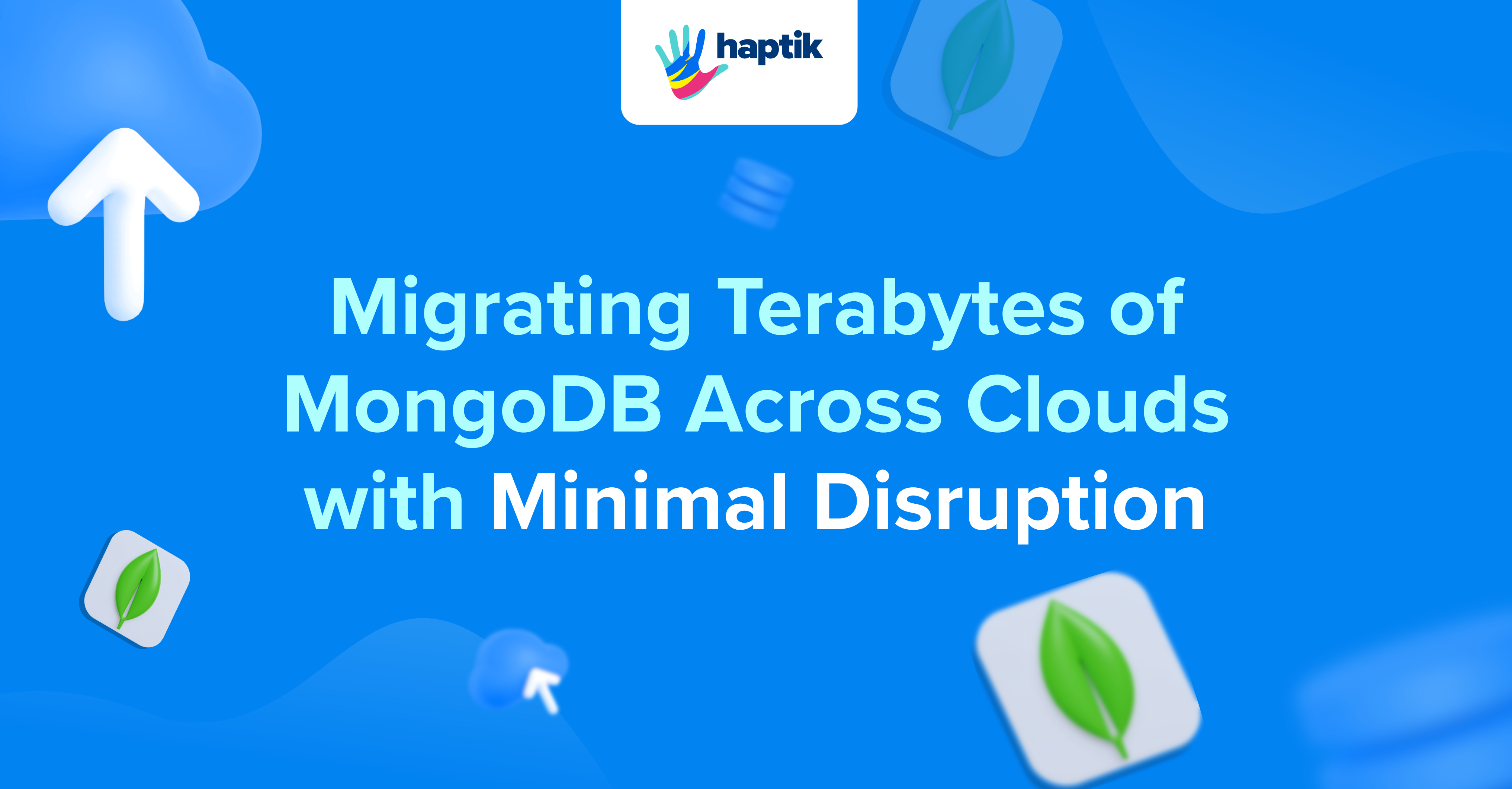
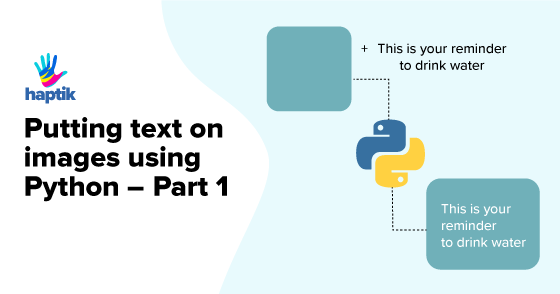
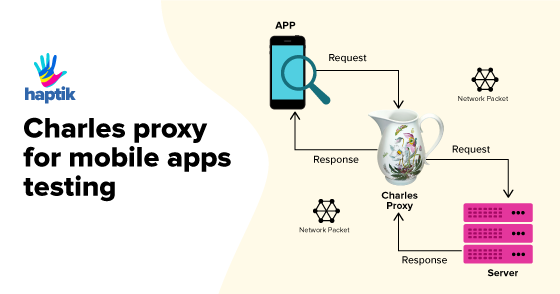
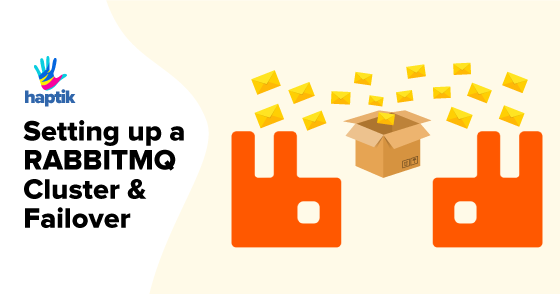














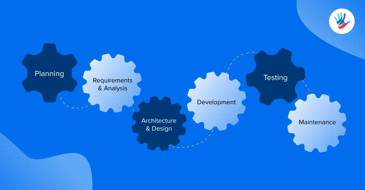



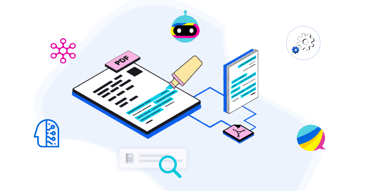


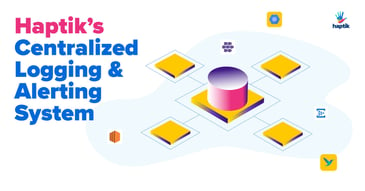


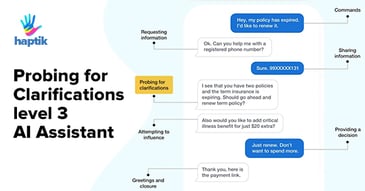
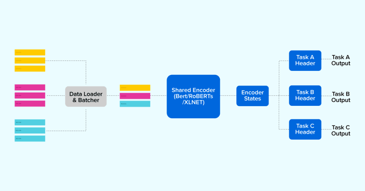




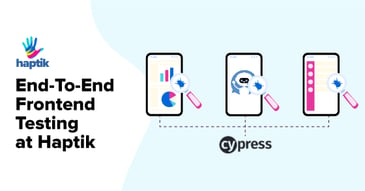
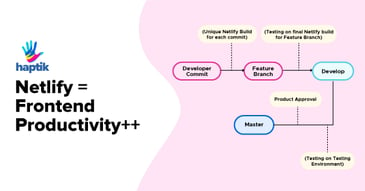

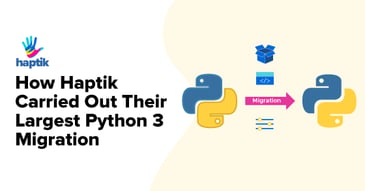

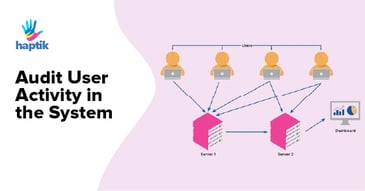
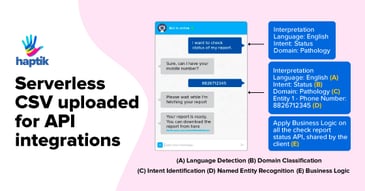



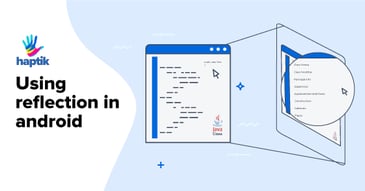
.webp?width=365&name=Charles-Proxy%20(1).webp)
